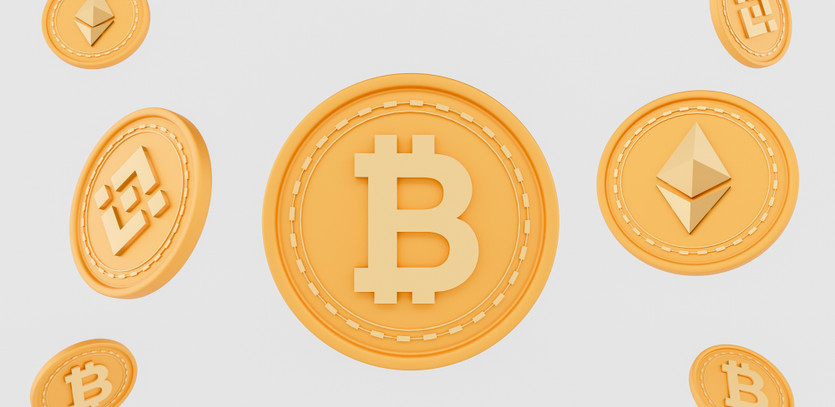Following the SEC's lawsuit against Binance and Changpeng Zhao, Bitcoin's price fell to $25,500, causing concern among BTC bulls about whether the cryptocurrency has reached its bottom.
On June 5, Bitcoin experienced a 5% drop in value within one hour as a result of the United States Securities and Exchange Commission (SEC) filing a lawsuit against Binance for allegedly breaching federal securities laws. Although the $25,500 support level remained intact for Bitcoin, investors are left questioning the potential effects of the regulatory proceedings, which also involve Binance CEO Changpeng "CZ" Zhao.
Arca CEO Jeff Dorman suggests that the immediate impact of a potential shutdown of Binance's US operations is insignificant. Moreover, past non-criminal charges should not disrupt the company's current international setup. However, Dorman anticipates a negative market sentiment to prevail as the crypto community supports CZ and Binance.
Binance is not the only pressing concern
Even if the SEC's case against Binance proves inconsequential in the medium term, there is additional uncertainty coming from the Digital Currency Group (DCG) and its subsidiary Genesis Capital, which filed for Chapter 11 bankruptcy on January 19.
Data Finnovation and ChainArgos CEO Jon Reiter asserts that DCG CEO Barry Silbert withdrew $1 billion from his personal holdings around the same time cryptocurrency hedge fund Three Arrows Capital defaulted. Although this might be coincidental, it raises further questions about intercompany loans and agreements within DCG.
Traders now contemplate whether Bitcoin will challenge the $25,000 barrier, a level unseen since March 17. Given that the US debt ceiling crisis has been avoided, the chances of a surprise Bitcoin price surge seem even more unlikely in the short term.
Investors need to be particularly vigilant if Bitcoin futures contract premiums turn negative or if costs for hedging with BTC options increase.
Bitcoin derivatives market reaction is mixed
Bitcoin quarterly futures are favored by whales and arbitrage desks. However, these fixed-month contracts usually trade at a slight premium to spot markets, indicating that sellers demand more money for postponed settlement.
In a healthy market, BTC futures contracts should trade at an annualized premium of 5 to 10%—a phenomenon called contango, not specific to crypto markets.
Since June 1, Bitcoin traders have exhibited caution, with futures premiums staying below 4%. Conversely, the indicator was at 3.5% after the SEC announced its lawsuit against Binance on June 5.
To gauge whether the recent correction has made investors more optimistic, traders should also analyze options markets. The 25% delta skew is a useful indicator of when arbitrage desks and market makers charge excessively for either upside or downside protection.
Essentially, if traders expect a Bitcoin price decrease, the skew metric will rise above 7%, while excitement phases tend to have a negative 7% skew.
As shown above, the BTC options 25% delta skew indicator reveals that traders abruptly turned bearish, with the metric jumping to 11% on June 5—the highest level in three months, signifying discomfort among professional traders.
Bear trend persists amid ongoing FUD
In conclusion, the bear trend that began after Bitcoin's unsuccessful attempt at $31,000 on April 14 remains, though no significant disruption in the overall market structure has occurred. Nevertheless, it may be premature to determine the potential consequences of the SEC's actions, as court decisions can take months or even years to resolve.
As such, those hoping for a Bitcoin surge might need to modify their expectations, considering the aversion investors have towards uncertainty.
Until there is more clarity surrounding DCG-Genesis and Binance's ability to operate amid a more stringent US regulatory landscape, long-term buyers may have fewer reasons to support the crucial $25,000 level.




